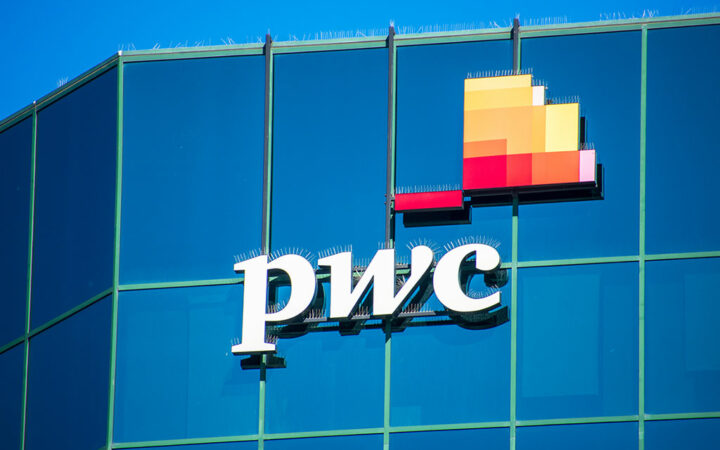Taking strong interest in blockchain, cryptocurrencies, and IoT, Tatsiana Yablonskaya got deep understanding of the emerging techs believing in their potential to drive the future.
Ernst & Young, leading consulting firm, one of the “Big Four” audit firms and the third largest professional services firm in the world, has made some predictions about the future of the blockchain technology and its significance in various industry sectors in the recent report.
The attention of multiple financial companies has been focused on the blockchain lately. This unique technology is well adaptable to the increasing requirements of secure bookkeeping and automation in various industries.
The EY report predicts that blockchain will reach critical mass in financial services in 3-5 years, with other industries following quickly. “One reason the blockchain reaction is racing toward critical mass faster than previous disruptive technologies is that it is arriving in the midst of the digital transformation already sweeping through most sectors of the global economy. Consequently, despite the obstacles still to be overcome, businesspeople and governments are preconditioned to recognize blockchain’s potential. Tech companies have already established much of the digital infrastructure required to realize blockchain business visions.”
Indeed, many governments have already appreciated the potential of the blockchain and are now developing suitable regulatory frameworks to make the technology more mainstream. Seeing how important blockchain is becoming, many companies start launching pilot projects to gain a better understanding.
“In financial services, the first round of blockchain pilots is exploring more efficient ways to provide today’s services, such as transferring equities or other financial instruments in blockchain environments with potentially faster settlement and far lower transaction costs. But the long-term blockchain vision is of markets that run by themselves, with finance embedded directly into the natural activities occurring within those markets. In such an environment, the finance industry will look very different than it does today”, says Ernst and Young.
The report enumerates some of possible blockchain scenarios. The lists includes embedded health, eliminating digital rights theft, new credit markets for low-cost assets, pay-for-performance, government tax enforcement, industrial mash-ups, and industrial IoT.
Ernst and Young underlines automotive ecosystem saying that blockchain can enable tracked ownership, financing, registration, insurance and servicing of transactions. Manufacturers of driverless cars will get an opportunity to place their cars in a ride-hailing company’s fleet. Manufacturer will get a revenue share every time the car is paid for a ride due to a blockchain smart contract with embedded financing. Thus, a manufacturer may never need bank financing, depending on the long-term cash flow resulting from its share of every transaction entered into by its products.
As for real estate sector, blockchain can help managing property records and be a pooled investments platform with multiple people making small investments into projects.
According to EY report, large scale implementation of blockchain technology will not take too long. Those, who are open to the innovative technology and ready to explore it and invest, will get huge benefits as the shift happens.





